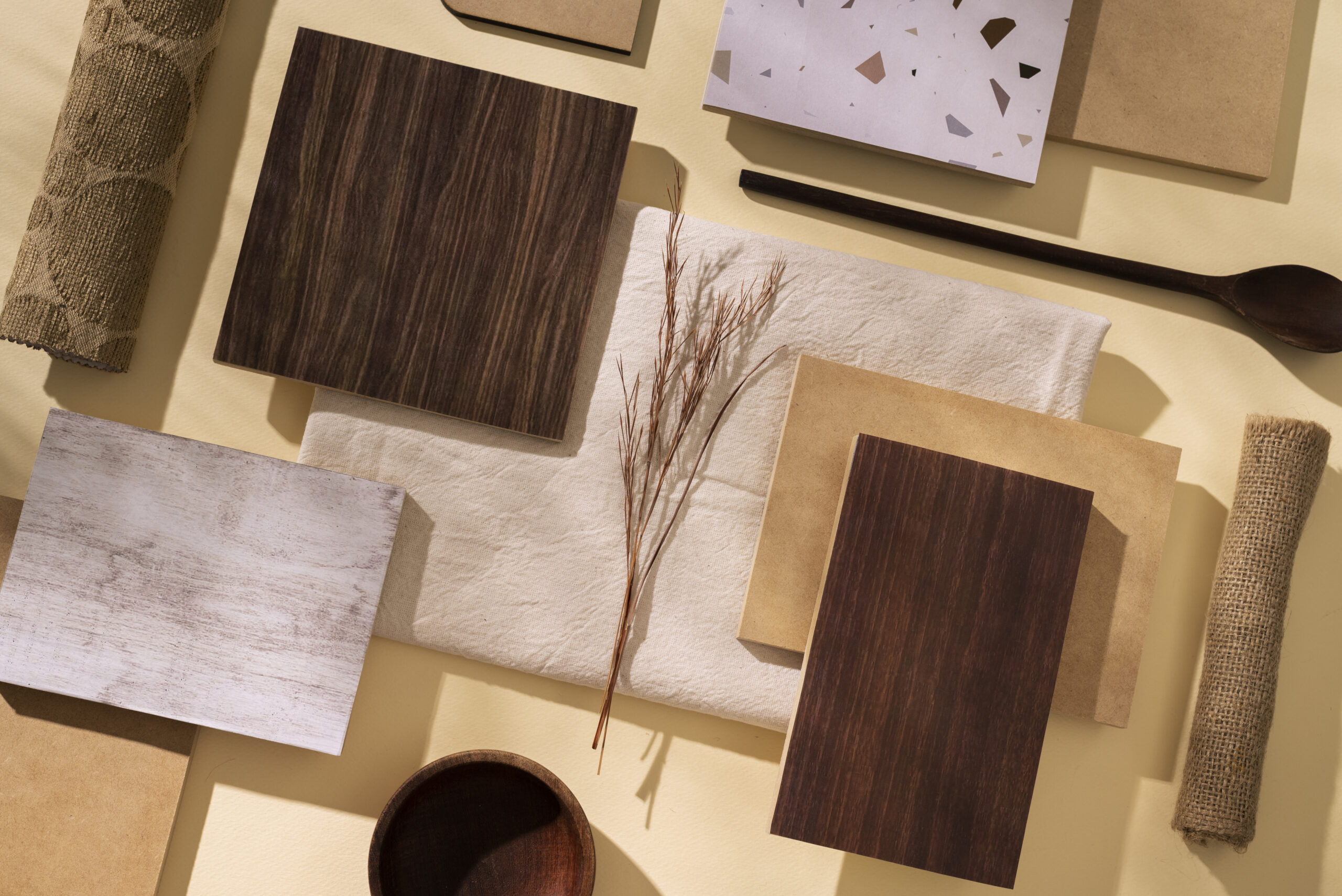
10 Myths About Plywood: Busted
Plywood is a good option if you need a simple material. Plywood is reasonably priced. One of the greatest plywood available is available in India, and it won’t break the bank. In this essay, we’ll examine some common misconceptions about E-Zero Plywood and then debunk them with the facts.
Myths About Plywood
1. The heavier the Plywood, the higher the quality
Early aeroplanes were made of sturdy, lightweight Spruce wood. Indians think heavier timber species are better. Like plywood. It’s somewhat true. Thus, India’s plywood industry bans heavy lumber. Durability, bond strength, and termite/borer resistance have no relationship to ply weight.
Westerners prefer lighter, stronger plywood. Many high-quality imported plywood goods fail in India due to this Indian attitude.
2. Plywood with warping has a fault
It’s not true all the time. Improper core drying during the production process is a leading cause of warpage, although variations in humidity between the factory and the final destination can also create minor distortions. If the warping isn’t too extreme, having a little bit of it is fine.
3. Termites and Borers Are the Same Things
While termites come from the outside, borer larvae develop inside plywood. Although borer can affect Emission Zero Plywood in India because of the timber used in its production, termites are more commonly associated with poorly handled soil during construction. Specialised chemical treatments can eliminate borers and boost the plywood’s resistance to termites.
4. Green or dark brown plywood is always marine plywood
Marine-grade plywood from India typically features a distinctive green or dark brown stain. In reality, plywood’s marine properties have little to do with its hue.
As a result, commercial plywood of the same colour has been flooding the market and being passed off as Marine Plywood.
5. Plywood with a nice finish is of higher quality
Plywood quality, in reality, should be evaluated according to its structural integrity. Appearance is purely cosmetic and has no bearing on quality. Plywood supplied by Plywood Laminated Sheet Suppliers is often laminated or veneered for a more aesthetically pleasing finish. Pay attention to the quality rather than just how the ply looks.
6. A higher price indicates higher quality
Plywood with a higher price tag is generally perceived as superior quality. But this needs to be corrected in a fundamental sense. Plywood comes in various grades, but most manufacturers recoup their marketing expenditures by charging more for the same product. Although pricing is important when purchasing plywood, quality should always come first.
7. Plywood is waterproof if its inner core is made of red hardwood
Because of this misconception, Red hardwood dipping grade plywood, marketed as waterproof or semi-waterproof, was flooded in the construction industry, particularly in Mumbai. Most “semi-waterproof” plywood is just regular industrial-grade Emission Zero Plywood in India coloured with a dip dye. It’s important to remember that adhesive is the only variable in determining whether or not a piece of plywood is commercial or waterproof.
8. Moisture-Resistant (MR) plywood is impervious to dampness
Moisture Resistant Grade ply is not Waterproof Plywood, but it may withstand certain humidity and moisture. Commercial Plywood is the correct classification for this.
9. Plywood with reddish wood grain is automatically Gurjan
Authentic Gurjan plywood made by E-Zero Plywood Manufactures is nearly impossible to tell apart visually. The commoner mistakenly identifies all red cores as Gurjan. However, it’s not true that all non-red-coloured cores are not Gurjan, and all red-coloured cores are Gurjan. Certified labs are the only places that can tell the difference between a Gurjan core and plywood.
10. Plywood contributes to more tree cutting
Plywood production is commonly associated with forest clearance. E-Zero Plywood, however, can be constructed by adhering together thin sheets of veneers, which can be created from other types of timber waste and logs cut directly from trees. If the wood had been utilised now instead of plywood, the rate of deforestation would have been higher.
Conclusion
Plywood is the subject of numerous urban legends. These false beliefs influence the majority of consumers. This is followed by a succession of such urban legends every other day. You can free yourself from these misconceptions by reading this essay.
